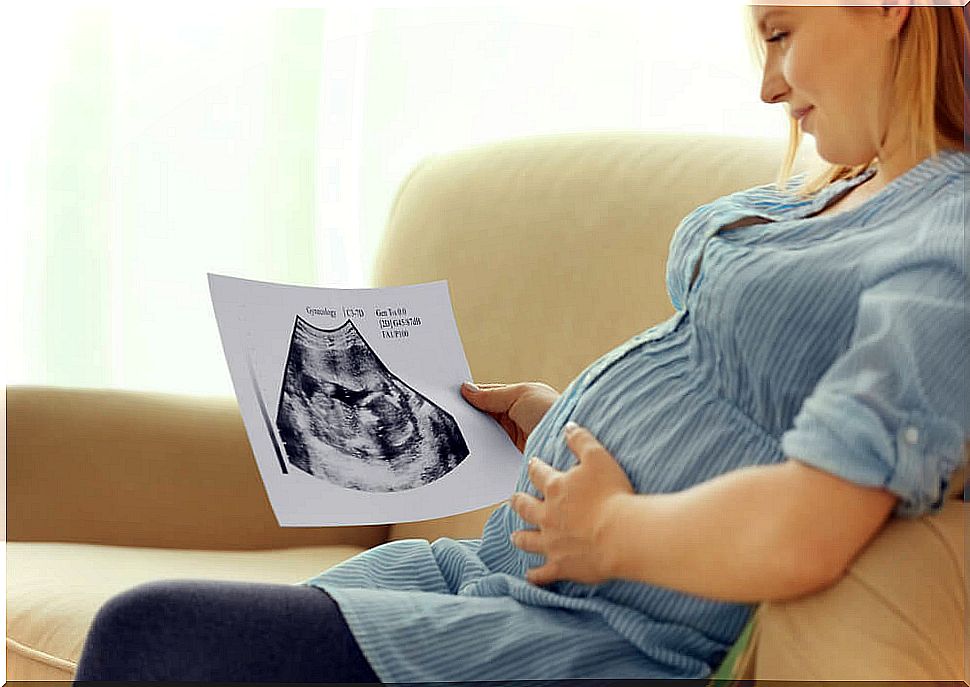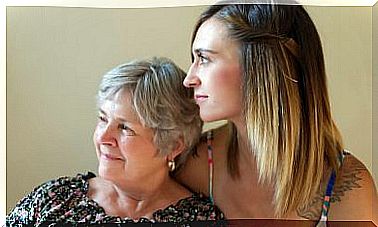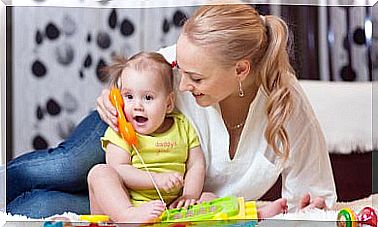Neonatology: Definition And Characteristics
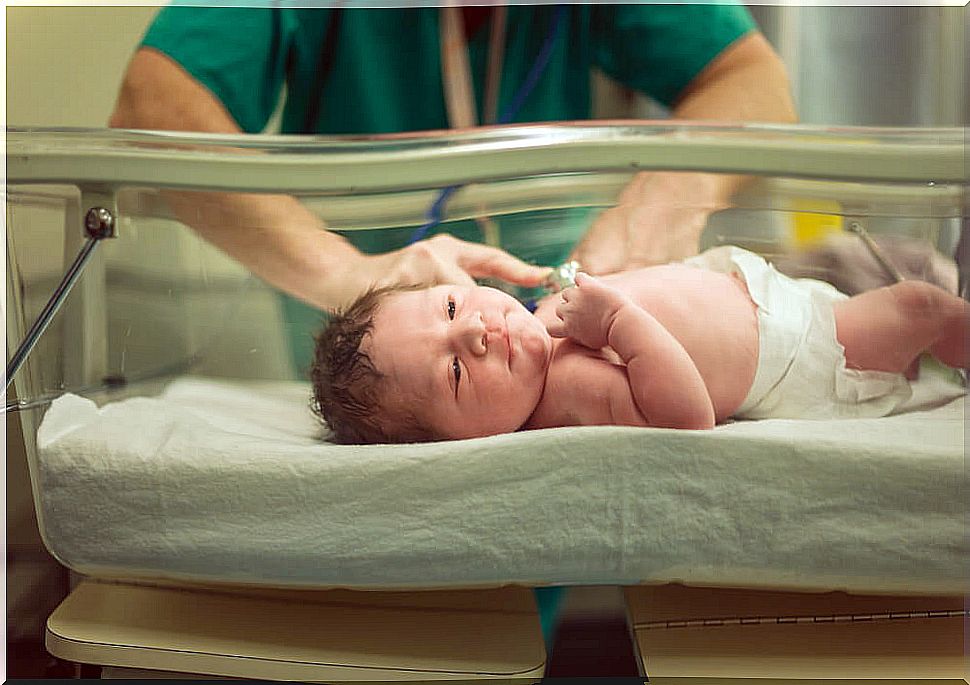
Neonatology is the branch of pediatrics that is responsible for the study of neonates, that is, newborns until they are 28 days old.
Neonatology has come a long way in recent years and care models in neonatal units have evolved. This has allowed the accompaniment of parents and family and their integration in the care of the newborn.
How has neonatology evolved?
In developed countries, infant and maternal mortality follow a declining pattern, although neonatal mortality and morbidity remain a major concern. This is mainly due to the long-term consequences for children, their families, and health and social services.
Some of the main factors involved in perinatal mortality and morbidity are:
- Very premature newborns.
- Low birth weight newborns (less than 2,500 g).
- Congenital anomalies.

In this sense, the incidence of these complications has increased in many countries, reflecting that there is still room for improvement in the prevention of these situations. However, the medical advances that reduce mortality and morbidity in these children are notable.
These are some of the population risk factors that we can find:
- Maternal age. The older you are, the greater the risk.
- Maternal smoking during pregnancy.
- High maternal weight before and during pregnancy.
- The use of assisted reproductive techniques (ART). With the use of ART the risk of multiple pregnancy increases, which carries an increased risk of preterm birth, congenital anomalies and growth retardation.
- Newborn feeding (artificial versus breastfeeding).
All these changes have led to the evolution of neonatology as a science. Today, neonatal survival results unthinkable years ago are obtained.
How do neonatal units work?
Neonatal units should promote breastfeeding and developmental care. In addition, facilities in which infants are cared must meet the physiological and psychosocial needs of infants, parents, and family.
Likewise, parents or the responsible family must have access to their newborns 24 hours a day, 7 days a week. In addition, they should be encouraged to participate in their care, encouraging skin-to-skin.
In this sense, all neonatal units must ensure the following screenings:
- Metabolic screening.
- Hearing screening.
In addition, they must have protocols for performing techniques and procedures, as well as preparing a medical history for each newborn.
What levels of care are there in neonatology?
Within the neonatology units, there are different levels depending on the number of deliveries in that hospital, the reference area and the services they offer.
Tier 1 Unit
First, every hospital with a maternity unit should have at least one neonatal unit of these characteristics. Likewise, within the general functions that would be carried out in this unit we can find:
- Resuscitation in the delivery room and operating room.
- Stabilization of unexpected neonatal problems.
- Attendance at low-risk pregnancies, healthy term newborns and physiologically stable newborns of 35-37 weeks of gestational age.
- Care, exploration and identification of neonatal disease in healthy newborns.
- Monitoring system in Primary Care for discharged newborns.
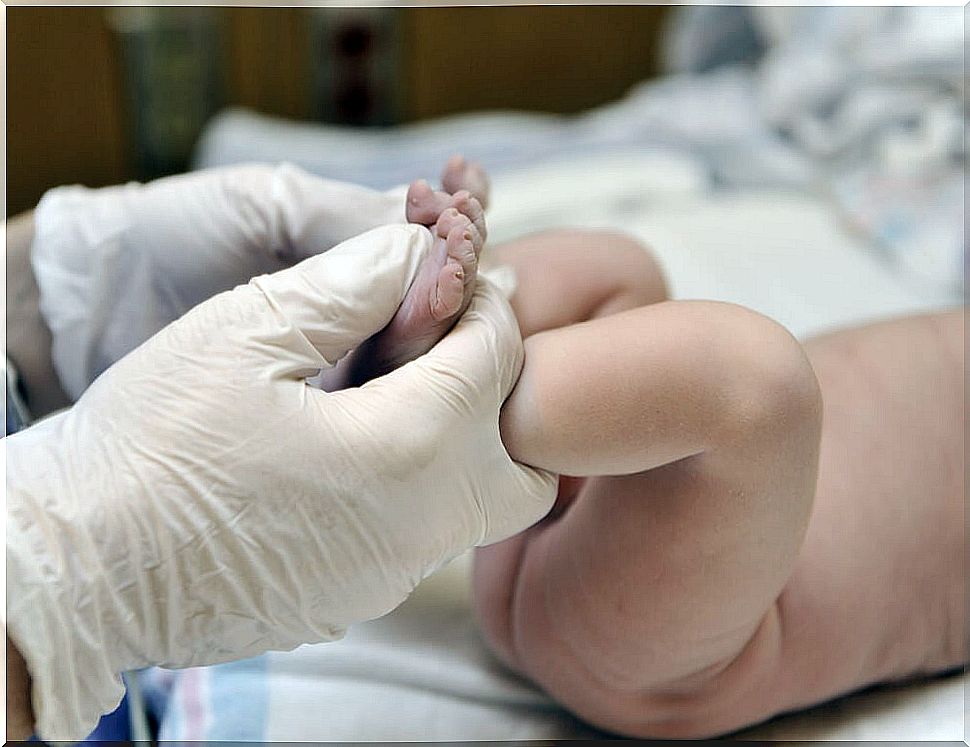
The benefits of all neonatal units will be similar, including:
- Support for breastfeeding.
- Control of the thermal environment.
- Cardiorespiratory monitoring and neonatal pulse oximetry.
- Availability of gastric tube feeding.
- Devices for determining blood glucose levels.
- Devices for determining blood pressure.
- Nasal cannulas.
- Devices to administer intravenous fluids, glucose or medication.
- Unit open to parents 24 hours a day and 7 days a week.
Level 2 unit
Second, these units are located in general or area hospitals. Thus, all hospitals with at least 1000 deliveries per year in their reference area must have a level 2 unit. In addition to the functions performed in level 1 units, in this unit we can find:
- Assistance to selected complicated pregnancies and newborns> 32 weeks of gestation and weight> 1,500 g.
- Care of neonates with mild illness.
- Assistance to neonates from the reference center who have overcome gravity.
- Programs to monitor the development of high-risk neonates.
- Care of neonates with moderate disease that may require mechanical ventilation or non-invasive ventilation.
The benefits of the level 2 units include all those described in the level one units plus the following:
- Space intended for the care of sick neonates.
- Continuous cardiorespiratory monitoring.
- Peripheral intravenous insertion (fluids, antibiotics, glucose …).
- Short-term mechanical ventilation or non-invasive ventilation.
- Basic radiological and ultrasound diagnosis.
- Peripheral or central administration of total parenteral nutrition or medications.
- Insertion of umbilical or peripheral arterial catheter for monitoring.
Level 3 unit
Lastly, these units are located in referral hospitals with their own or arranged maternity hospitals. These hospitals have a pediatric service where all or most of their specific areas are developed.
In hospitals with more than 2000 deliveries per year, we find this unit in its reference area. So these are the functions of these units, in addition to all those described above.
- Assistance to the seriously ill neonate, including those requiring conventional mechanical ventilation.
- Minor surgical procedures.
- Assistance of all complicated pregnancies and newborns of any gestational age and weight.
- Possibility of advanced respiratory support.
- Pediatric surgery for major surgical intervention.
- Care for neonates requiring a full range of subspecialized pediatric medical and surgical care.

The benefits of the level 3 neonatal unit include, in addition to all those described above:
- Prolonged conventional mechanical ventilation, minor surgical procedures, and prolonged central venous cannulation.
- Surgery to treat surgical complications.
- Availability of advanced respiratory support.
- Advanced imaging techniques with rapid interpretation by a specialized radiologist.
- Cardiac surgery with extracorporeal circulation.
- Neonatal ECMO.
- Pediatric organ transplantation.
On neonatology, remember …
Finally, we would like to re-emphasize that the neonatologists and pediatricians who work in neonatal units are health professionals who are experts in the care of children. Therefore, if your child needs their care, trust them and follow their advice. You will be in the best hands.
